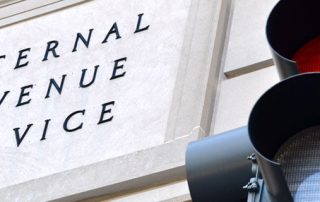Government Contractors-Protect Against Unallowable Subcontractor Costs
The Defense Contract Audit Agency recently questioned the allowance of subcontractor costs, not based on their reasonableness, but on the contractor’s lack of supporting documentation as defined in the cost principle. Government contractors can protect themselves and recover the costs they are owed, but there are steps to follow and documents to submit.









